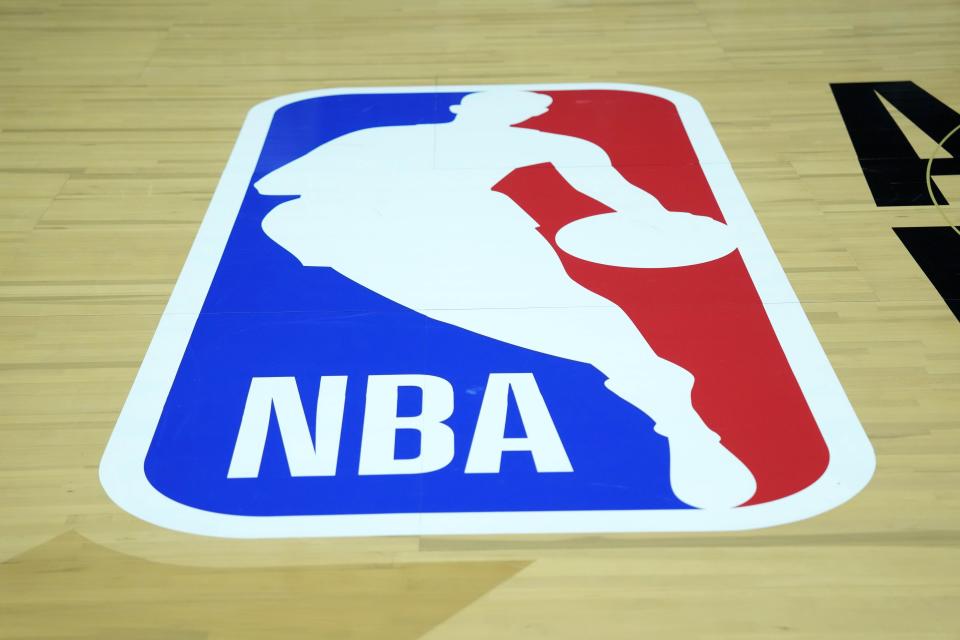NBA, players union reach new CBA that could include new in-season tournament
The NBA and National Basketball Players Association secured labor peace with an early-morning deal.
The two sides reached an agreement on a new collective bargaining agreement Saturday. It’s a seven-year deal through the 2029-30 season with an opt-out after six seasons, a person familiar with details of the agreement told USA TODAY Sports.
They requested anonymity because they were not permitted to speak publicly until the deal is ratified.
“The NBA and National Basketball Players Association have reached a tentative agreement on a new Collective Bargaining Agreement, pending ratification by players and team governors. Specific details will be made available once a term sheet is finalized,” the NBA and NBPA said in a joint statement.
Let’s take a look at some details and what it means for the league and its players:

System changes to salary cap, spending
The NBA’s aim to limit high-dollar spending by teams (such as Golden State, Los Angeles Clippers, Brooklyn) was achieved by installing a second salary-cap apron ($17.5 million over the luxury tax line) that will prohibit teams above that dollar amount from using the taxpayer midlevel exception to sign players.
The league sought an upper-spending limit, but the union balks at anything that acts as a hard cap even though there are mechanisms that hard cap teams. This was a middle-ground agreement.
Contract extensions could reach a 120% increase on a current contract, and that will be increased to 140% which will help stars and the NBA’s so-called middle class.
In-season tournament on its way
NBA commissioner Adam Silver has tried to get an in-season tournament started for years and now it’s happening, possibly as soon as next season. It is expected to take place in November and December of each season with a final four-style event at a neutral site. Prize money for players and coaches is expected.
No random testing for marijuana
Not testing for marijuana is not a surprise. The league hasn’t done that since the bubble during the early stages of COVID in 2020. Previous marijuana policy required three positive tests for marijuana to result in a suspension, and maybe one player a season was getting suspended.
Games played tied to awards
With much focus on players resting and load management, the league and union agreed that players must play in at least 65 games to be eligible for awards. There may be provisions/exceptions tied to that, such as a player returning from a serious injury.
Smoothing of the salary cap
In 2016, when a new TV deal kicked in for the league and boosted basketball-related income. The NBA wanted to “smooth in” that money designated for players into the salary cap over a few seasons so there wasn’t a giant spike in the salary cap from one season to the next. The NBPA used its right to decline smoothing, so the cap jumped from $70 million in 2015-16 to $94.1 million.
Ultimately, only a handful of players, especially free agents that summer, were able to benefit from the millions of dollars coming in from the new TV deal. It also helped Golden State acquire Kevin Durant while retaining Steph Curry, Klay Thompson, Draymond Green and Andre Iguodala.
In the next CBA, the league was intent on making sure “smoothing” will take place in the event of a giant increase in the salary cap from one season to the next. That surely will happen again when the NBA’s next TV deal begins.
One-and-done rule continues
Recently, the NBA’s one-and-done rule for draft eligibility was headed for elimination in the collective bargaining agreement. However, the league and the players’ union decided to keep the one-and-done rule in the next collective bargaining agreement.
The rule that will remain in place: "A player must be 19 years of age by the date of said draft. NCAA players are considered eligible after playing at least one year at their respective college/university or school,” according to the league.
Who is responsible for getting a deal done?
Silver and NBPA executive director Tamika Tremaglio have formed a solid working relationship with both sides understanding that is the league prospers, the players also prosper. NBPA president C.J. McCollum of the New Orleans Pelicans had an active role in player representation, and lawyers Dan Rube of the NBA and Ron Klempner of the NBPA are well versed in line-item actions of a complex agreement.
What’s next for the NBA? Expansion?
With labor peace guaranteed, Silver has made it clear the league will turn its attention to a new TV deal. The current $2.6 billion a year deal ends after the 2024-25 season. It is expected to increase, and it’s likely to again Disney’s ABC and ESPN and Warner Bros. Discovery’s TNT and NBA TV. Don’t be surprised if there’s a streaming portion of the new deal with a company like Amazon or Hulu. Live sports remain lucrative.
The league is also trying to sort out regional sports networks and their financial woes.
Silver has often said expansion is on the backburner but has also said expansion is manifest destiny. Now with a new CBA and the likelihood of another rewarding TV deal, the NBA will be able to show prospective owners the new value of owning a team. An expansion franchise could net $5 billion or more when the league decides to expand. Seattle and Las Vegas remain favorites to get teams.
This article originally appeared on USA TODAY: NBA's new CBA: In-season tournament, salary cap updates

 Yahoo Movies
Yahoo Movies 
